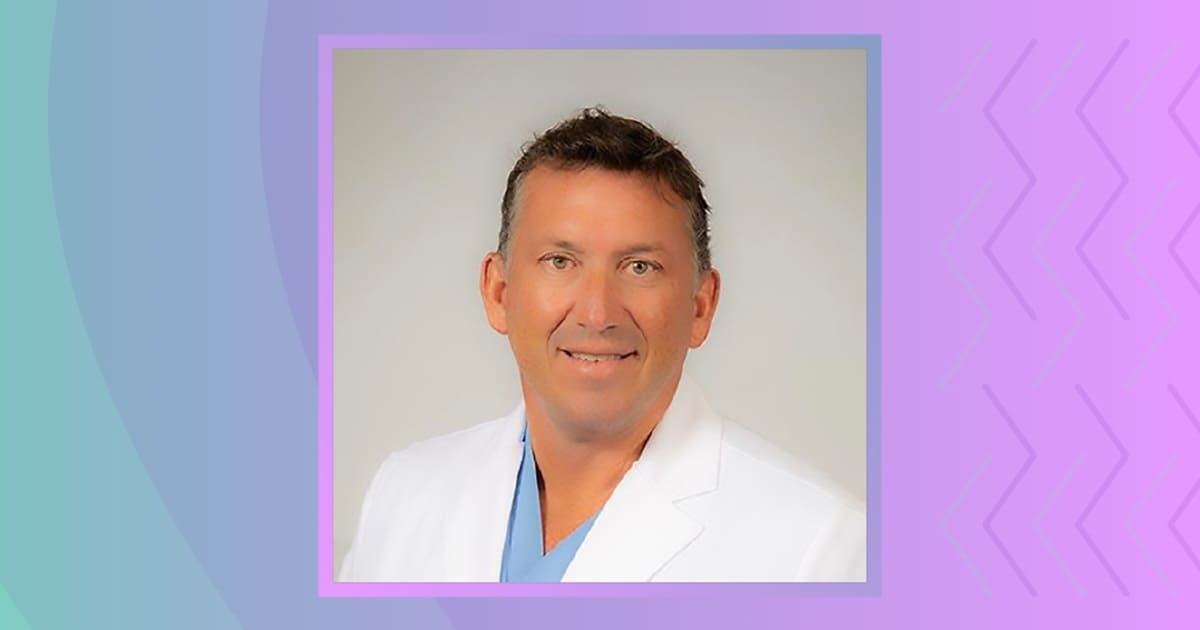Cardiovascular Surgeon Francis Herrbold, recognized for his significant contributions to medicine for over two decades, examines how medical advances have continued to improve aortic aneurysm repair techniques. These advances include endovascular (EVAR) techniques and imaging and navigation technologies.
EVAR Technique
Advancements in both branch and fenestrated forms of EVAR (endovascular aneurysm repair) techniques are being used for complex aortic aneurysms. According to Dr. Herrbold, the procedures are safer, and patients recover quicker and with less pain.
ADVERTISEMENT
The EVAR technique feeds a catheter through small punctures in the groin or arm instead of open surgical repair, according to Dr. Herrbold. The catheter is fed through a blood vessel to the aneurysm. An expandable stent graft is placed inside the aneurysm site using the catheter and tiny tools. The stent is like a new pipe, relieving pressure on the aneurysm and preventing it from rupture. Moreover, modern stent grafts are more customizable, allowing for better fit and sealing reducing complications like endoleaks.
This procedure has become the preferred alternative for patients with thoracic or abdominal aortic aneurysms. An abdominal aortic aneurysm (AAA) is a dilated aorta that is 1.5 times the usual diameter and affects all three anatomical layers. AAAs are typically asymptomatic until they rupture, which can be unpredictable and devastating, with a mortality rate of more than 50%.
ADVERTISEMENT
FEVAR Technique
For complex aneurysms near critical arteries, such as the renal or mesenteric arteries, the minimally invasive FEVAR technique is employed, which involves inserting a fenestrated stent graft. These stent grafts have small pre-made openings that align with the branching arteries near the aneurysm. The openings allow blood to continue flowing through the critical vessels that supply organs like the kidneys, liver, and intestines, according to Dr. Herrbold.
Imaging and Navigation Technologies
New imaging techniques have significantly increased the precision of aortic aneurysm repair. 3D imaging and intraoperative CT scans during EVAR procedures allow surgeons to position the stent graft accurately and ensure proper sealing. Using a new fiber-optic imaging technique improves visibility and limits radiation exposure for patients and the clinical team.
Advertisment
Emerging technologies, including artificial intelligence (AI) and machine learning, are also increasingly used in imaging and predictive modeling to help assess aneurysm growth and rupture risk, allowing for more timely therapies.
ADVERTISEMENT
Technological advances are transforming the approach to treating patients with aortic illness. They have enabled more complex cases to be treated in a less intrusive manner, with results comparable to, if not better than, traditional surgery.
About Francis Herrbold
Dr. Herrbold completed his Bachelor of Science in Chemistry from Marquette University. He earned a Master’s in Physiology and a Medical Degree from the University of Florida. He completed his General Surgery Residency at the Medical College of Wisconsin and his Cardiovascular Surgery Fellowship in 2005 at the University of Florida.
